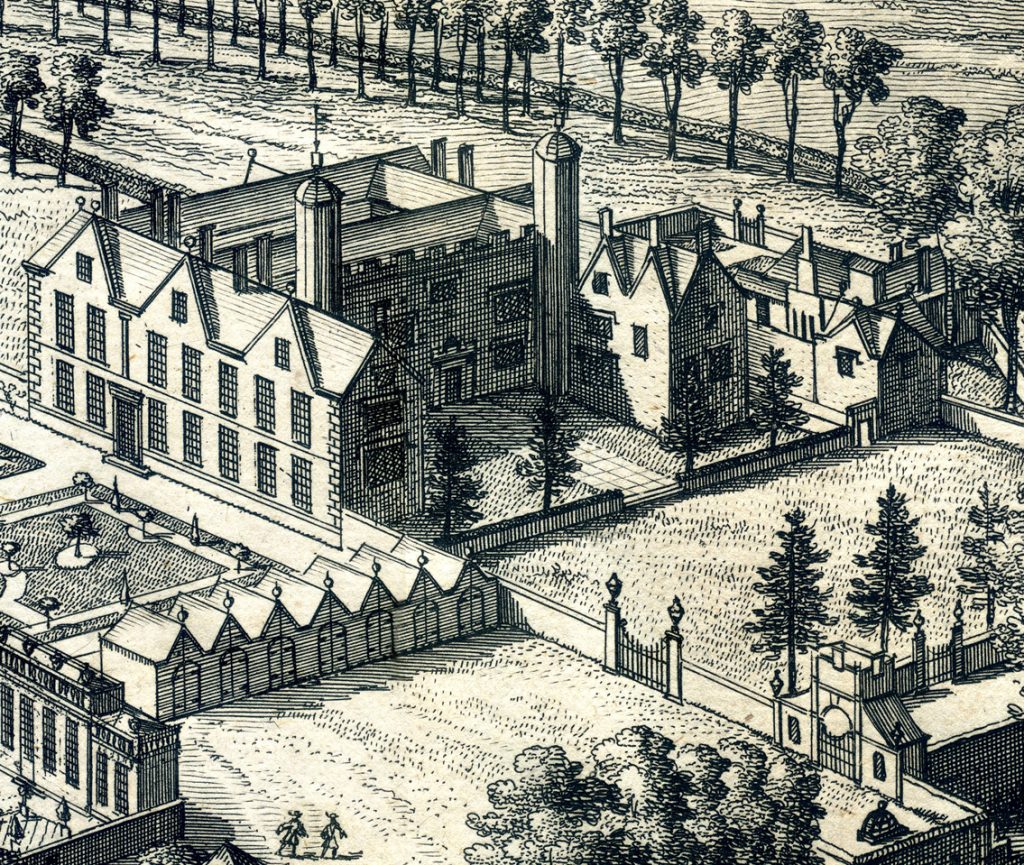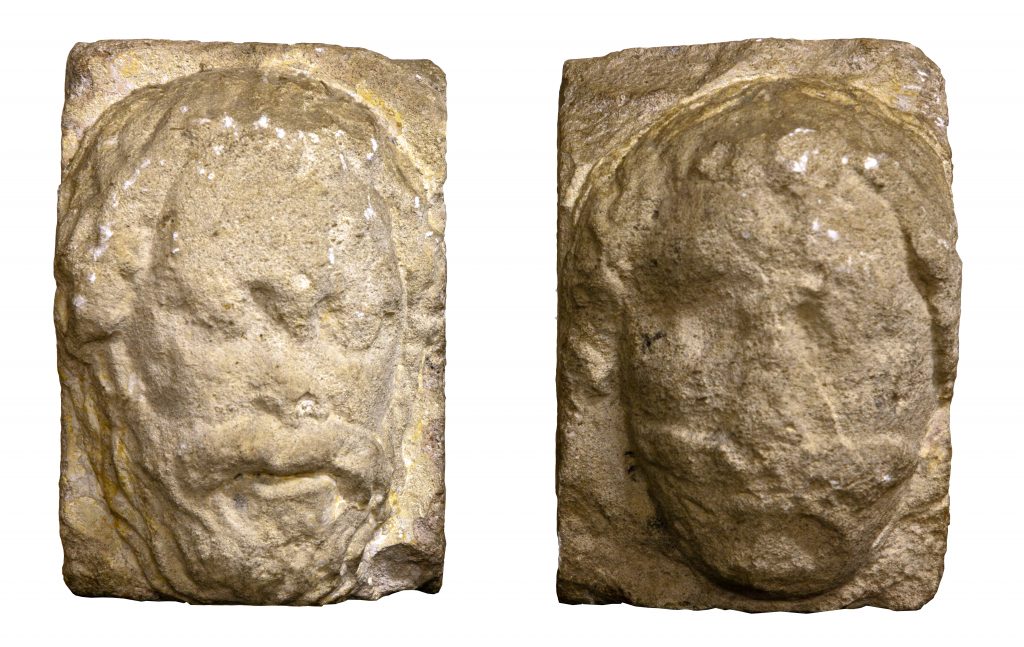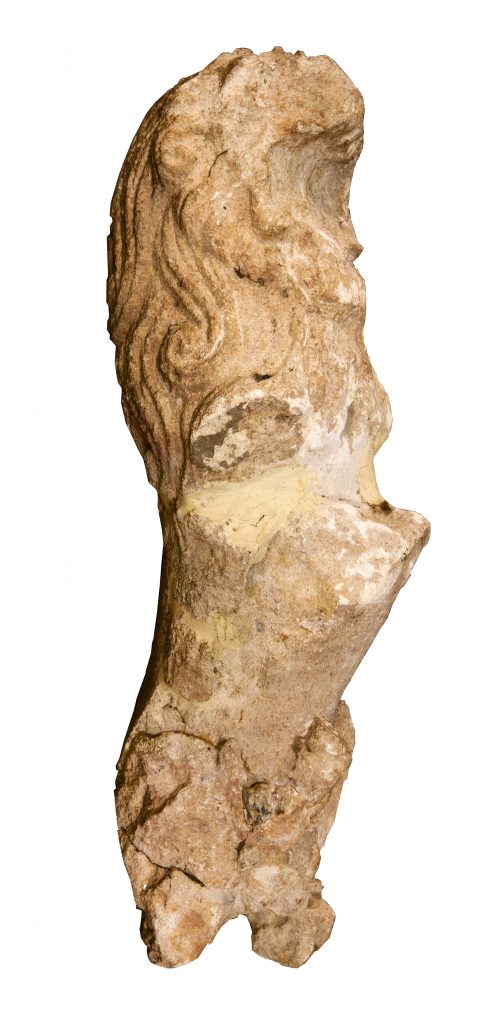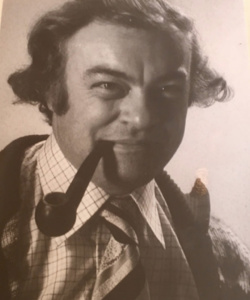A recent local auction brought some artefacts with a Kings Weston connection to our attention. As many people will know the present Kings Weston house was preceded by an older mansion, one swept away in 1711 ahead of reconstruction to the designs of Sir John Vanbrugh starting the following year. This earlier house appears to have been built by Sir William Wyntour.

Queen Elizabeth I appointed Sir William Vice-Admiral of England, the second most powerful position in the Royal Navy, and was succeeded in that position by Sir Francis Drake. Sir William was knighted by the Queen in 1573 and was pivotal in the repelling of the Spanish Armada in 1588. In 1561 William had purchased the manor of Lydney in Gloucestershire, on the north side of the Severn, and rebuilt the house there. He accumulated other Gloucestershire lands, and in 1570 bought the Kings Weston estate; As at Lydney it’s likely that he erected a grand new mansion here shortly afterwards. The recently rediscovered artifacts appear to be fragments of that house.

Eight decorated stone fragments make up the collection of stonework. Several can be identified as parts of decorative fireplace surrounds, one is a section of a mullion window, and there are a pair of carved stone heads. Two portions of stone have been reconstructed into a tall heraldic lion, though now heavily defaced. The lion retains an odd lead insert that might have been a lance or banner that it’d once clasped in its paws. The heads are badly weather-beaten and have been exposed to the elements longer than the other fragments, though they are still recognisable as that of two men; one with a beard and one clean shaven.


When the collection came to auction it was described as “reputedly” from Kings Weston, though the circumstances of their discovery have since been established more accurately. The fragments were discovered in a boundary wall, on the “west side of Kingsweston Hill” by local amateur antiquarian Antony Scammel. Scammel was a well-known collector of historic artefacts and coins, and recorded the find in writing on the back of a print showing the old house that also formed part of the auction lot. He recovered the stones in 1967, but aside from the rough identification of the find spot we are still unsure of the exact location.

What we can tell from the stones is their rough date, from the style of the designs, and that they were deliberately broken up to use as building stone. Stylistically they accord with having been part of Sir William’s Tudor mansion, and the quality of the design and execution shows that they were from a high status building. Certainly a heraldic lion gate finial or roof ornament would most likely be found on a house of Kings Weston’s size and quality rather than a smaller house in the same vicinity. We must take Mr Scammel’s assessment that the wall in which they were found was Eighteenth Century on face value, but this would tie in well with the documented demolition date of the old building. Mr Scammel’s attribution of the sculpted heads as Sir William Wyntour and his son can be less certain.

